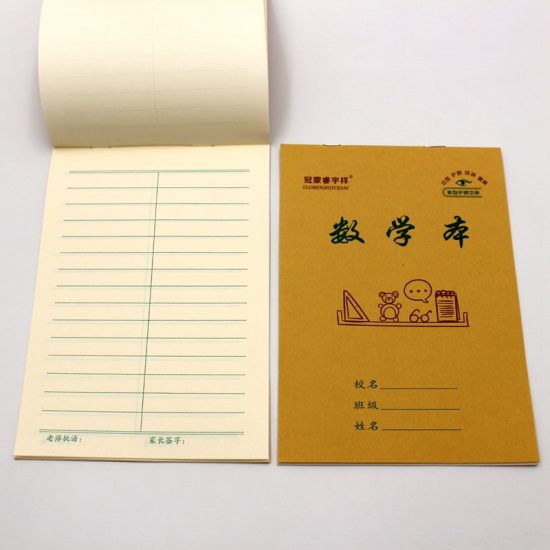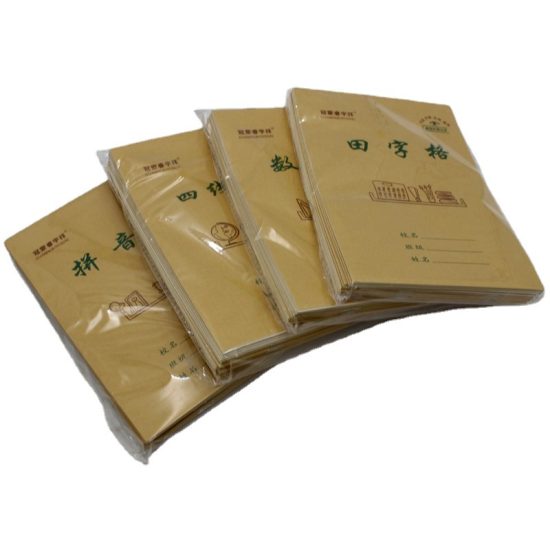Organizing and customizing your notebook can greatly improve productivity and personalization. Here are some tips to help you get started:
- Clear Out Clutter: Begin by decluttering your notebook. Delete unnecessary files, uninstall unused applications, and organize your folders and desktop to create a clean and organized digital workspace.
- Create Folders and Categories: Organize your files and documents into folders based on categories. Use clear and descriptive names for easy identification. Consider creating subfolders within larger categories to further streamline organization.
- Utilize Cloud Storage: Take advantage of cloud storage services like Google Drive, Dropbox, or OneDrive to store and synchronize your files across multiple devices. This ensures that your files are accessible and backed up, reducing the risk of data loss.
- Customizing Desktop and Wallpaper: Personalize your notebook’s desktop by choosing a wallpaper that reflects your style or motivates you. Many operating systems allow you to change wallpapers easily. You can also organize desktop icons in a way that makes sense to you or consider using a desktop organization tool to automatically arrange them.
- Customize System Preferences: Explore the system preferences or settings of your operating system to customize various aspects of your notebook. This may include changing the appearance, adjusting power settings, setting up notification preferences, configuring security settings, and more.
- Install Productivity Apps: Install productivity apps that align with your needs and preferences. This could include note-taking apps, to-do list managers, calendar apps, project management tools, or any other applications that help you stay organized and focused.
- Customize Browser Settings: Customize your web browser settings to enhance your browsing experience. Set up bookmarks for frequently visited websites, organize them into folders, and customize the browser’s appearance and functionality through extensions and themes.
- Use Productivity Tools: Explore productivity tools and software that can help you streamline your work and stay organized. This could include task management apps, time tracking tools, project collaboration platforms, or any other tools that suit your specific needs.
- Personalize Keyboard Shortcuts: Take advantage of keyboard shortcuts to increase your efficiency. Customize keyboard shortcuts for frequently used applications or functions to save time and reduce repetitive tasks.
- Keep a Digital Notebook or Journal: Consider using a digital notebook or journaling application to keep track of your thoughts, ideas, and notes. These tools often offer organizational features, search functions, and synchronization options across devices.
Remember that customization is a personal preference, so feel free to experiment and adapt these tips to fit your workflow and style. Regularly review and update your organization system to ensure it remains effective and suits your evolving needs.


